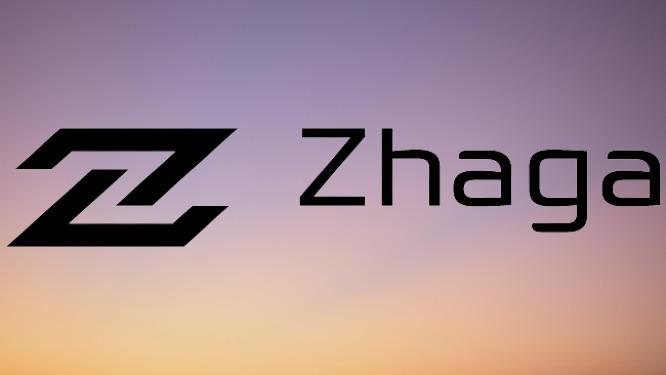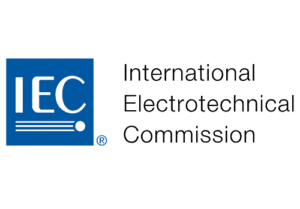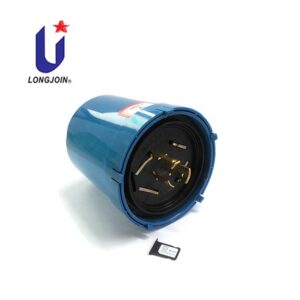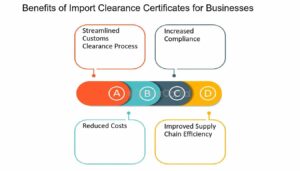Unlocking the Potential of Zhaga Book 18 Standard Interface: A Must-Have for CB Certificate Compliance
Introduce
In the dynamic world of LED lighting, ensuring compatibility, efficiency, and ease of use requires consistent standards. The Zhaga Consortium stands out as a key player, fostering collaboration across the industry to develop a comprehensive set of standards for LED components and systems.
Zhaga standards address critical aspects of LED lighting, including interfaces, modules, and drivers. These standards act as a common language for manufacturers and specifiers, streamlining the design, development, and integration of LED products.
Among Zhaga’s publications, Zhaga Book 18 holds particular significance. This article will unlock the potential of Zhaga Book 18 and why they are a must have for CB certificate compliance.

Image Courtesy: https://wwbridge-cert.com/blog/posts/iecee-cb-scheme-one-certification-to-reach-global-markets
What is Zhaga Book 18 Standard Interface
The ever-changing world of LED technology necessitates that there be a complete interchange between components as it will enhance the effectiveness in designing and installing luminaires as well as maintain it.
In dealing with such a task, Zhaga Book 18 has set up a standard interface for outboard LED modules.
To further understand Zhaga’s book 18 standards, it’s crucial to understand interoperability. This is the ability of different components from various manufacturers to work together within a system. This eliminates compatibility issues and allows for greater flexibility during the design and specification process.
Zhaga Book 18 addresses the challenge of interoperability by establishing a standardized interface for outdoor LED modules. This standard defines the physical dimensions, mechanical connection points, and electrical pin configuration for the module and its corresponding receptacle in the luminaire.
Key Components of the Zhaga Book 18 Interface
The Zhaga Book 18 standard specifies a number of essential features that ensure interoperability among components and performance. LED modules fabricated in compliance with this set of criteria are assured of fitting and working properly with any luminaire employing the Zhaga Book 18 interface.
This paves the way for “plug-and-play” integration, which in turn streamlines the whole process of incorporating various outdoor LED lighting solutions into different systems with minimal effort required on the part of users. Below are some of the details concerning key Zhaga Book 19 standards.
Physical dimensions
The standard specifies the exact size and shape of the LED module and its mating receptacle, ensuring a secure and reliable physical fit. Zhaga Book 18 defines two primary module sizes.
- Module size 1 (M1) is the most common size, with a width of 38.1 mm (1.5 in), a length of 76.2 mm (3.0 in), and a thickness of 13.5 mm (0.53 in).
- Module size 2 (M2) is intended for applications requiring higher power or more functionality. It has a width of 76.2 mm (3.0 in), a length of 76.2 mm (3.0 in), and a thickness of 13.5 mm (0.53 in).
Mechanical connection
Zhaga Book 18 defines a standardized mechanical connection mechanism for both module sizes. This is typically a twist-lock system that allows for quick and easy installation of the module into the luminaire. The module is inserted and then rotated to lock it securely in place.
Electrical pin configuration
The standard assigns specific functions to each of the four pins within the connector. This ensures proper power delivery, communication protocols (if applicable), and signal transmission between the module and the luminaire.
- Pin 1: DC+ (positive power supply)
- Pin 2: DIM-DC (negative for dimming control)
- Pin 3: DIM+ (positive for dimming control)
- Pin 4 (Optional): This pin can be used for additional features such as data communication or sensor integration.
What is a CB Certificate?
The CB Certificate is also called the IECEE CB Scheme certificate. The system has been popularized on an international scale by the International Electrotechnical Commission (IEC) who serve as intermediaries between the National Certification Bodies (NCBs) of involved countries.
For luminaire producers aiming at exporting their products across the world, having individual safety certifications in each market of interest can be a very time consuming and costly task. The CB Certificate scheme provides a more efficient way.
Benefits of CB compliance
The benefits of CB compliance extend beyond mere regulatory adherence. It signifies a commitment to safety, reliability, and global market access. Below is a detailed discussion of the various benefits of CB compliance.
Single Test Report, Multiple Markets
By undergoing a rigorous safety assessment and testing process with a recognized NCB in one participating country, manufacturers can leverage the resulting CB Test Report and Certificate for applications in other CB member countries. This eliminates the need for repetitive testing, significantly reducing the time and costs associated with international certification.
Globally Recognized Mark of Safety
The CB Certificate acts as a recognized symbol of safety compliance with international standards. This can enhance brand reputation and build trust with customers worldwide.
Simplified Market Access
The CB certificate enables manufacturers to demonstrate compliance with safety requirements and eventually make their market entry easy in participating countries.
The CB Certificate scheme streamlines the path to global market access for luminaire manufacturers, allowing them to focus on innovation while ensuring the safety and quality of their products for international audiences.
How Zhaga Book 18 Standard Interface Helps with CB Certificate Compliance
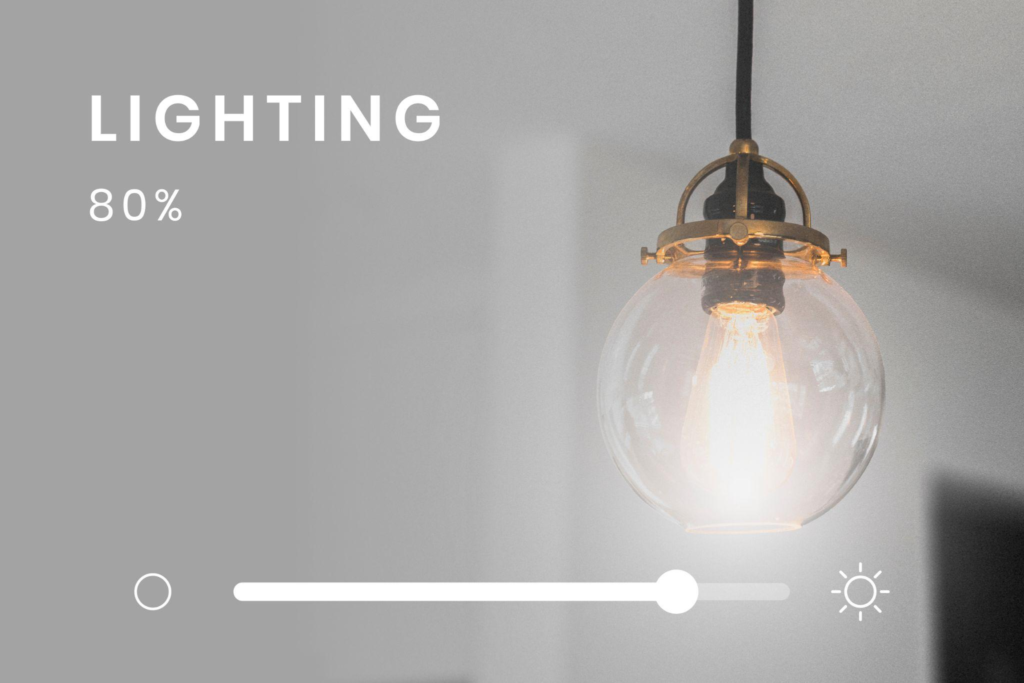
The standardized approach of Zhaga Book 18 offers significant advantages for luminaire manufacturers seeking CB certification for their products.
Here’s how Zhaga Book 18 compliance simplifies the CB certification process:
Reduced Testing Scope
One key benefit is the less testing required. National Certification Bodies (NCBs) typically have established testing procedures for these modules, as they adhere to a pre-defined set of specifications.
This eliminates the need for extensive re-testing on the LED module itself, focusing the CB certification process on the luminaire design and integration aspects specific to that product.
Faster Certification Timeline
By leveraging pre-tested and certified Zhaga Book 18 modules, manufacturers can potentially achieve faster CB certification for their luminaires. The reduced testing requirements translate to quicker turnaround times from NCBs, accelerating product launch schedules in international markets.
Enhanced Confidence in Safety
Zhaga Book 18 compliance promotes safety by ensuring modules meet established electrical and mechanical standards. This minimizes the risk of encountering unexpected safety issues during CB certification testing, leading to a smoother certification process.
Cost Savings
The streamlined testing approach associated with Zhaga Book 18 modules can translate to cost savings for manufacturers. Reduced testing time and resources required for CB certification lead to lower overall certification expenses.
In summary, Zhaga Book 18 compliance acts as a facilitator for CB certification. Chiswear stands out as a reliable choice. With a commitment to quality, innovation, and compatibility with industry standards, LONG-JOIN products offer a seamless solution for achieving regulatory compliance and enhancing the performance of your lighting installations.
Final words
Embracing Zhaga Book 18 Standard Interface offers a streamlined path to CB certificate compliance, ensuring safety and performance in the lighting industry. For seamless integration, we recommend LONG-JOIN Zhaga photocells, harnessing the power of standardized interfaces for enhanced reliability and efficiency.

